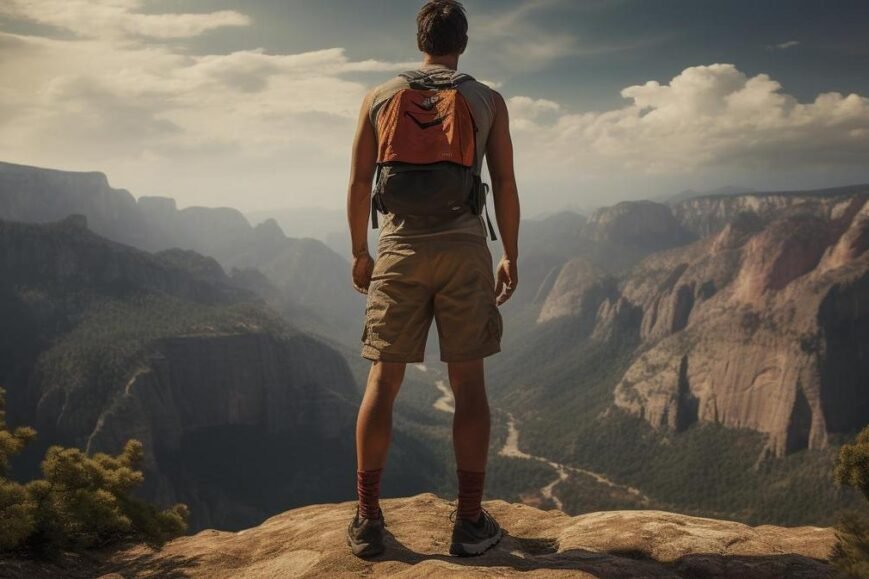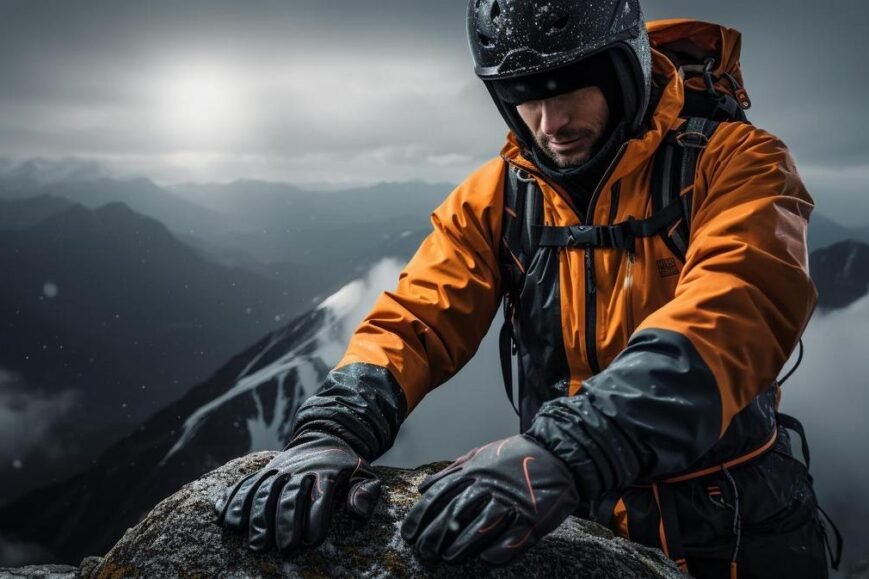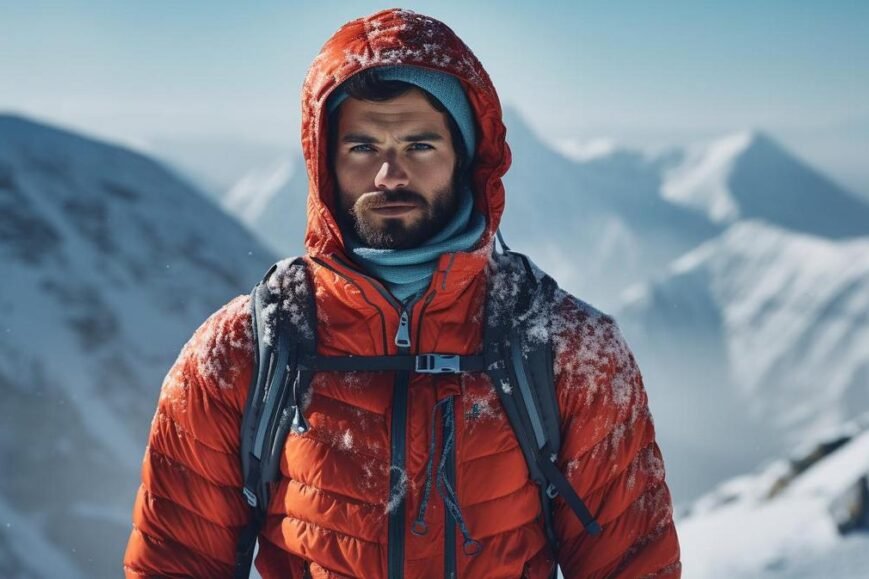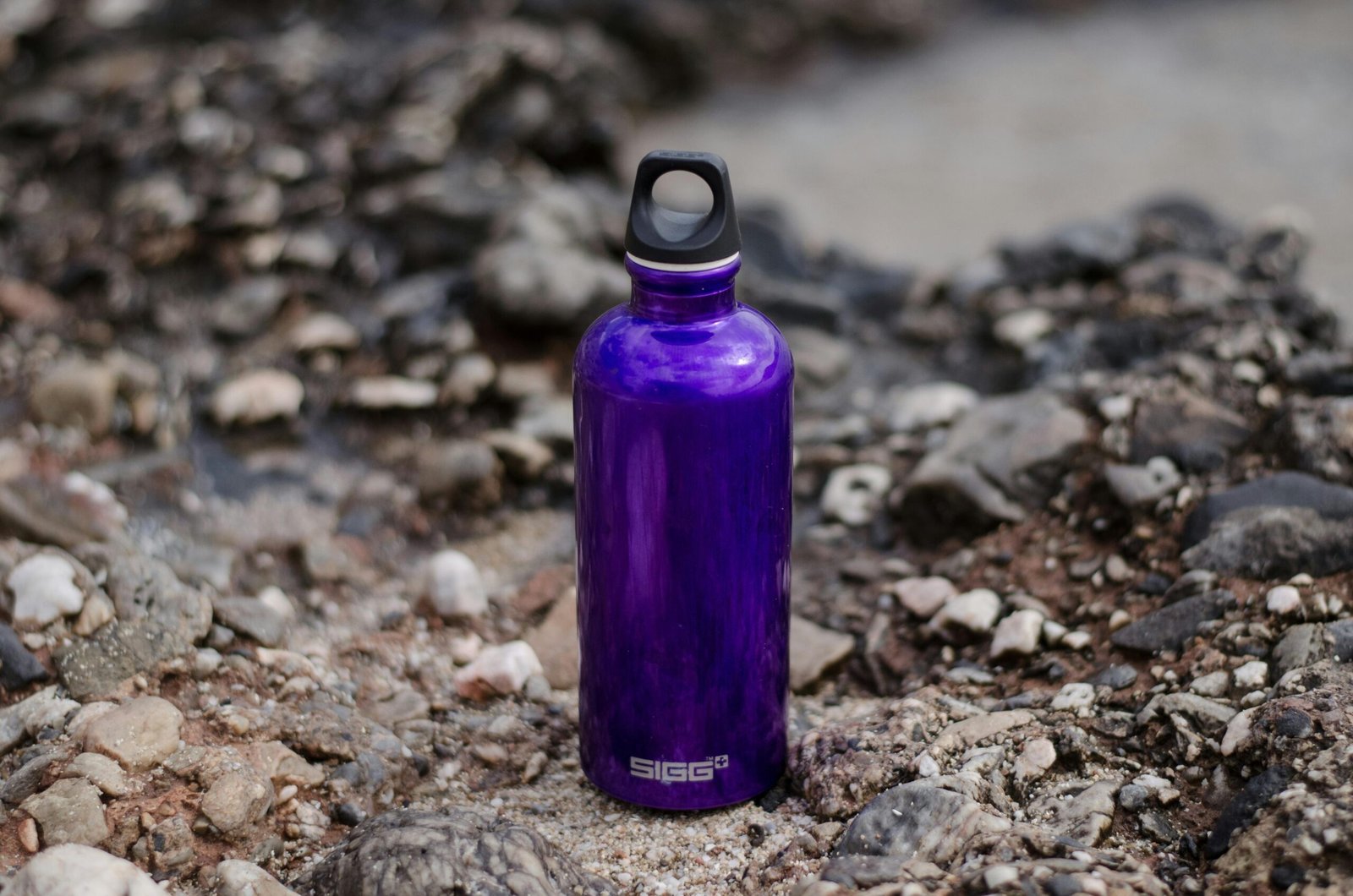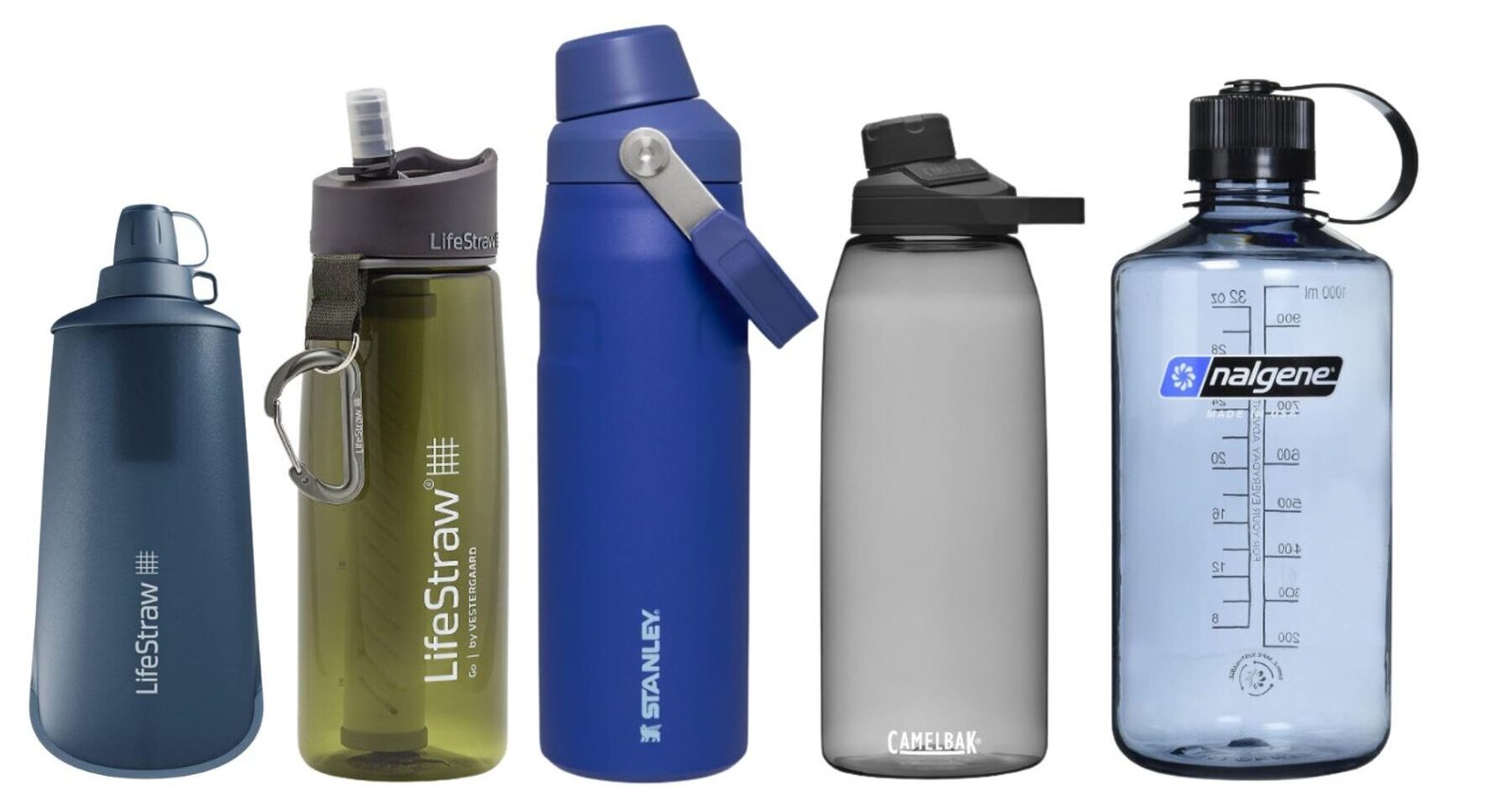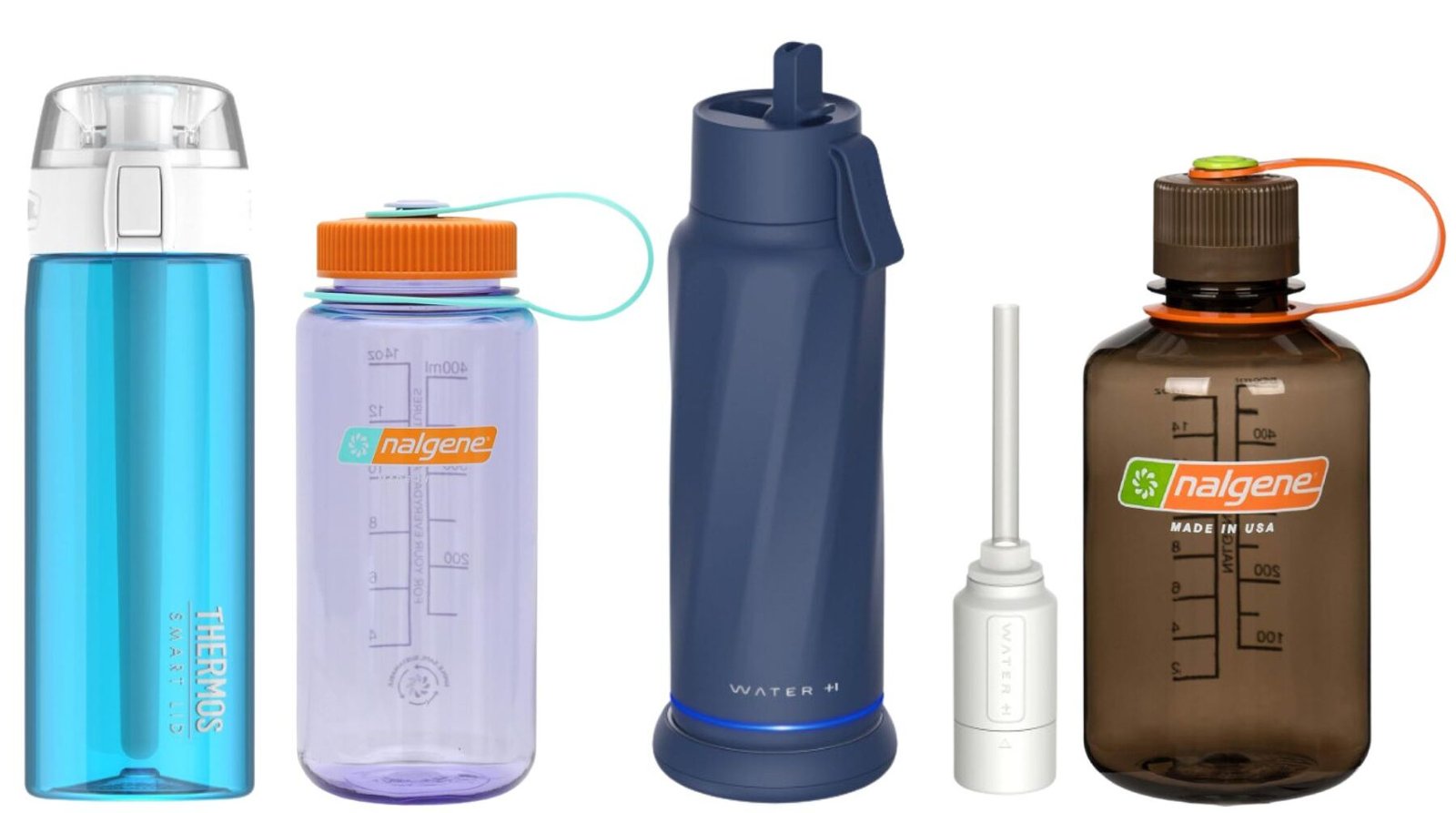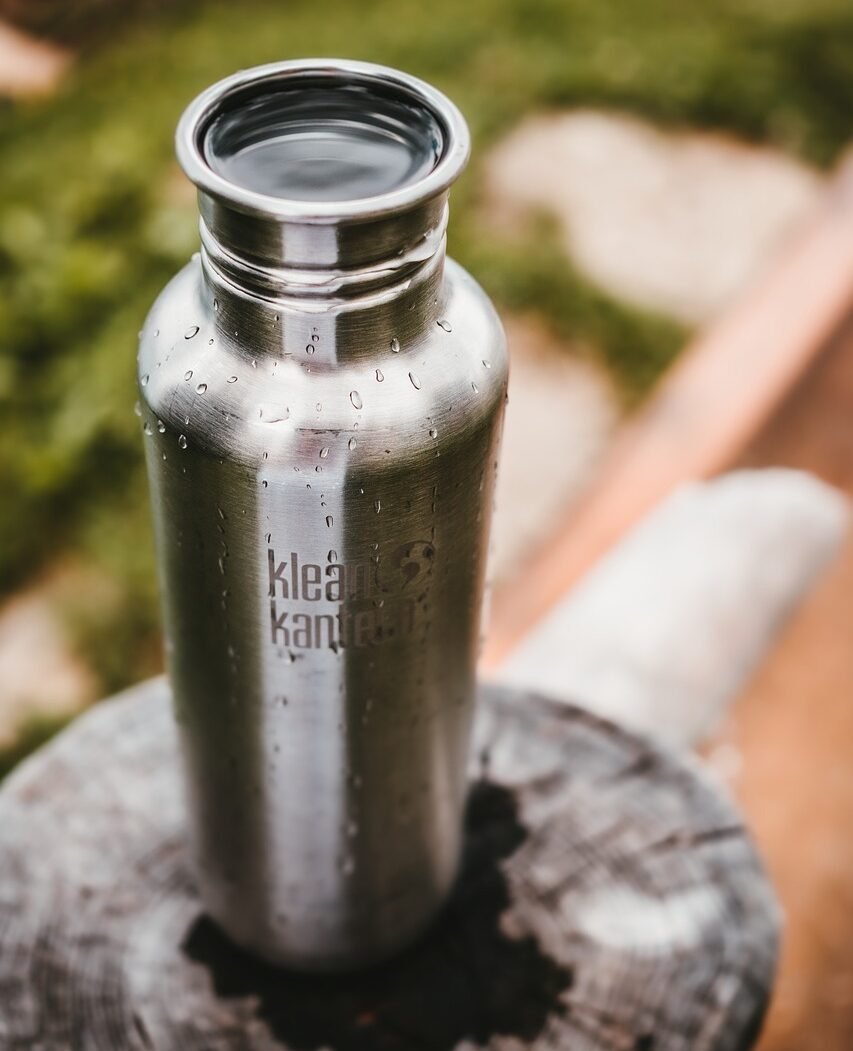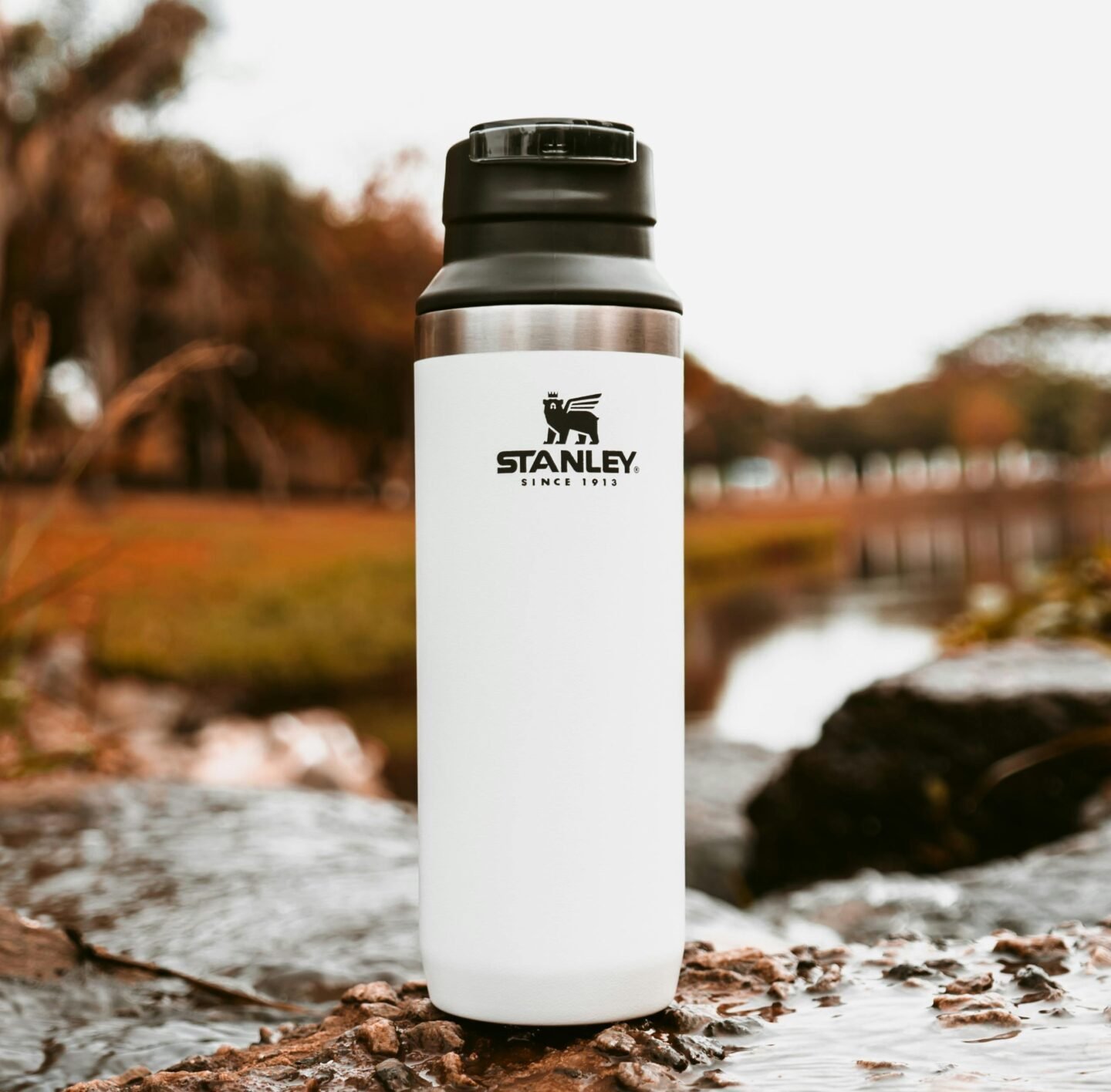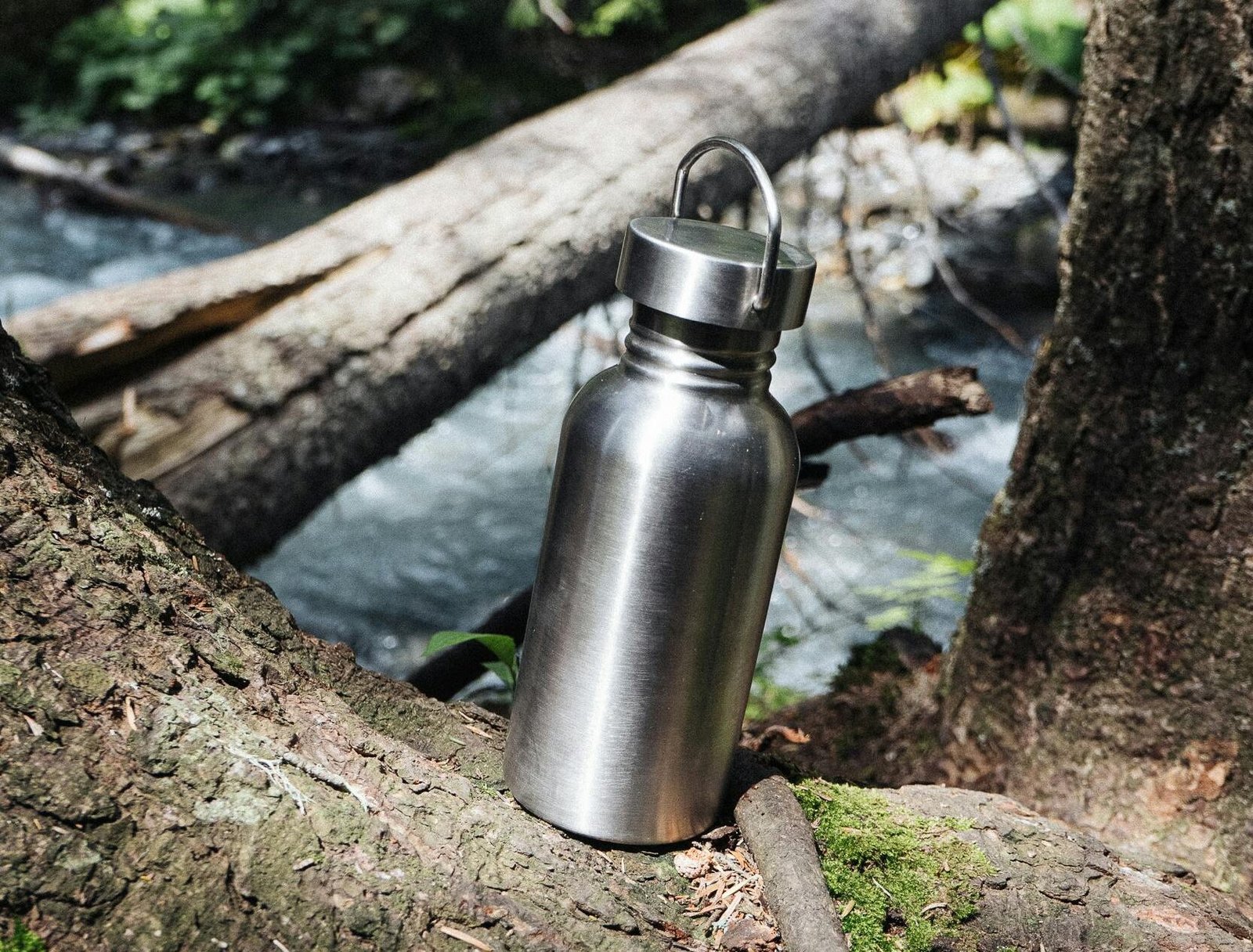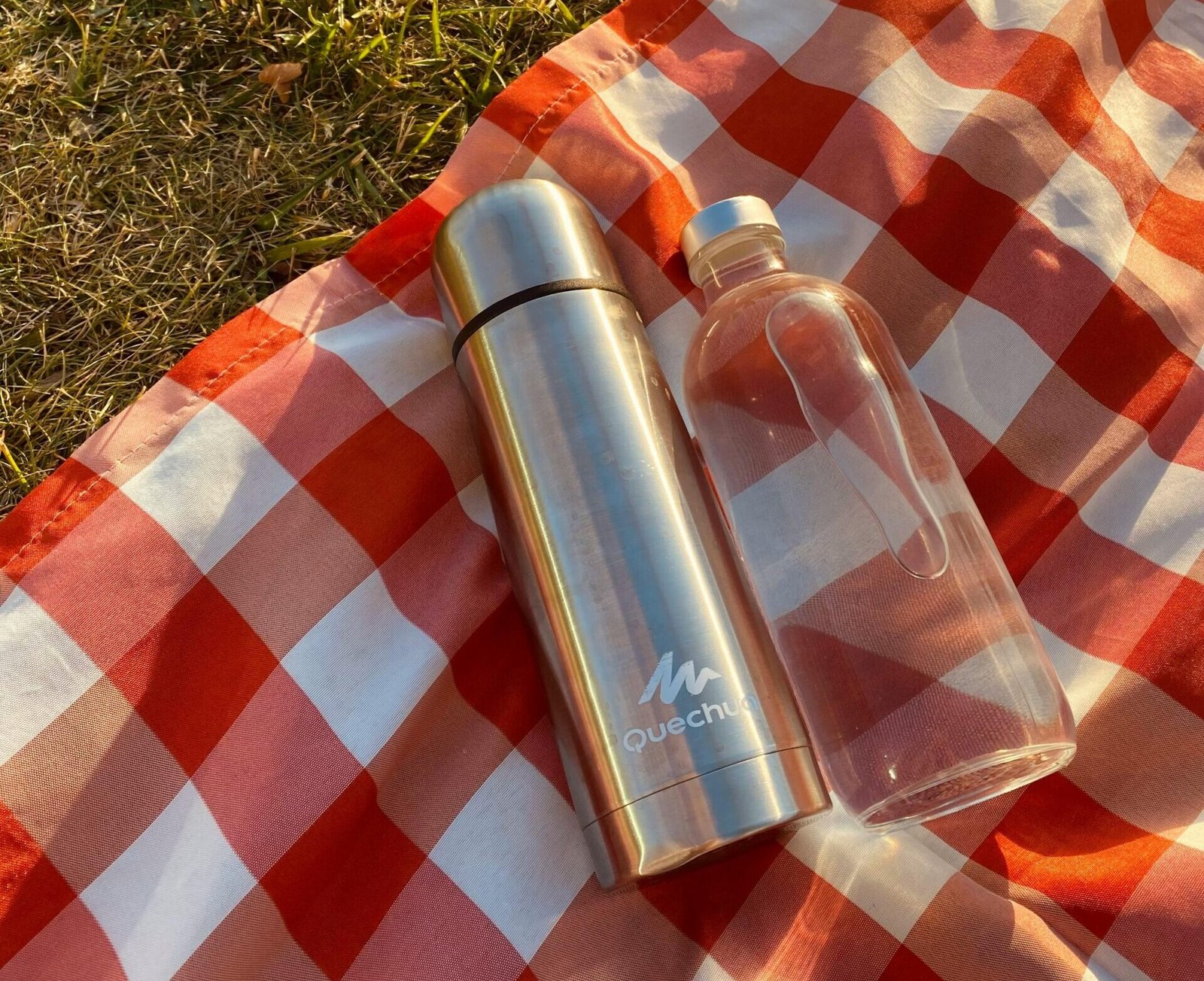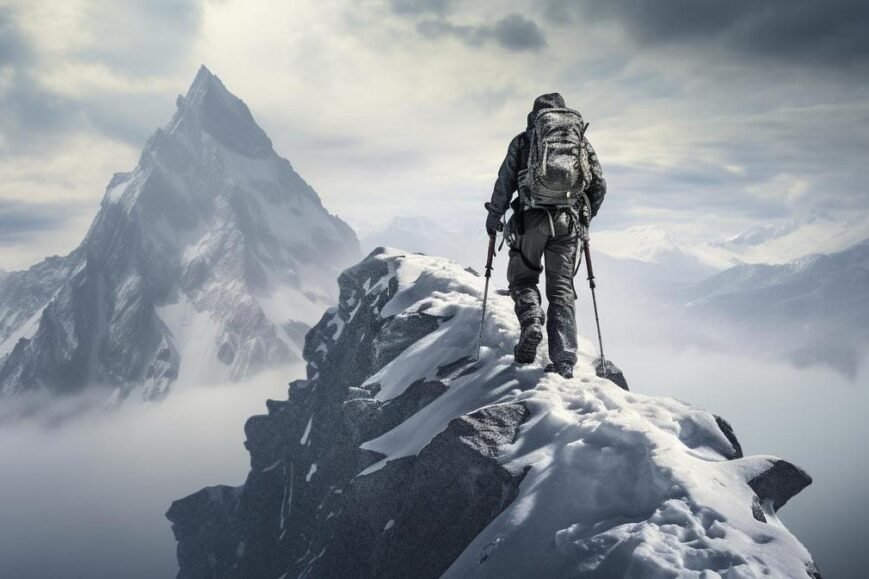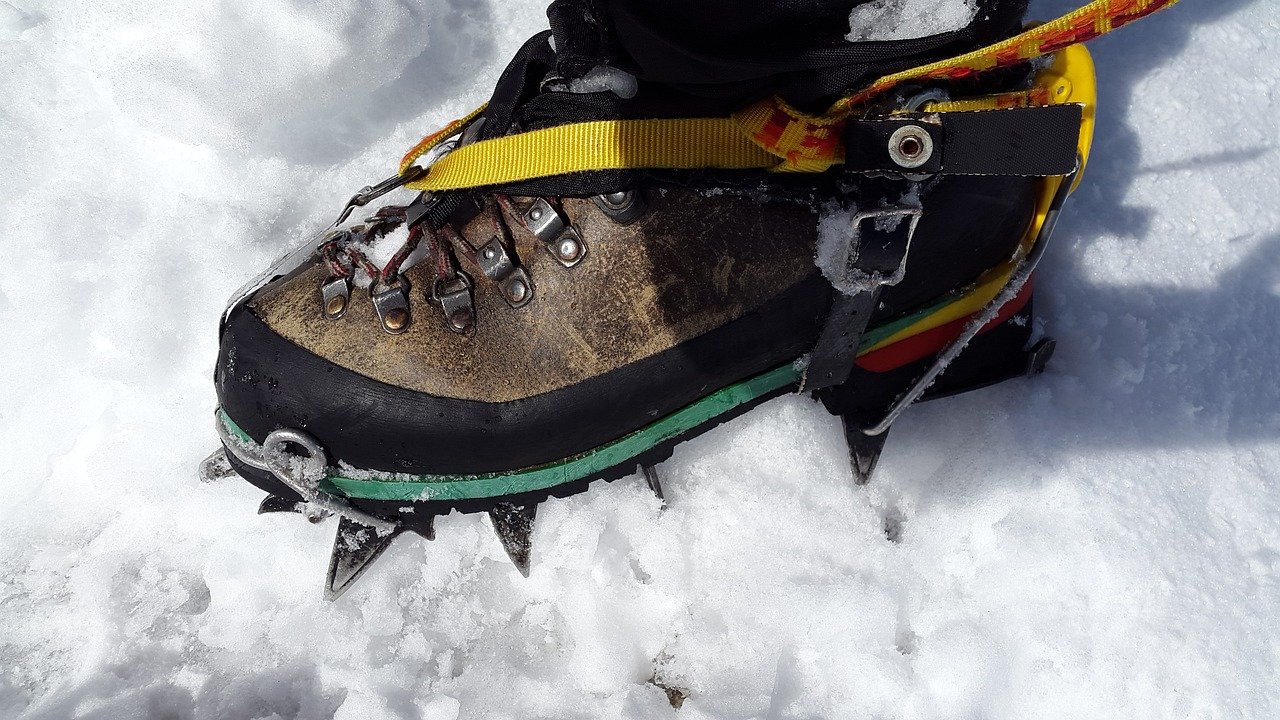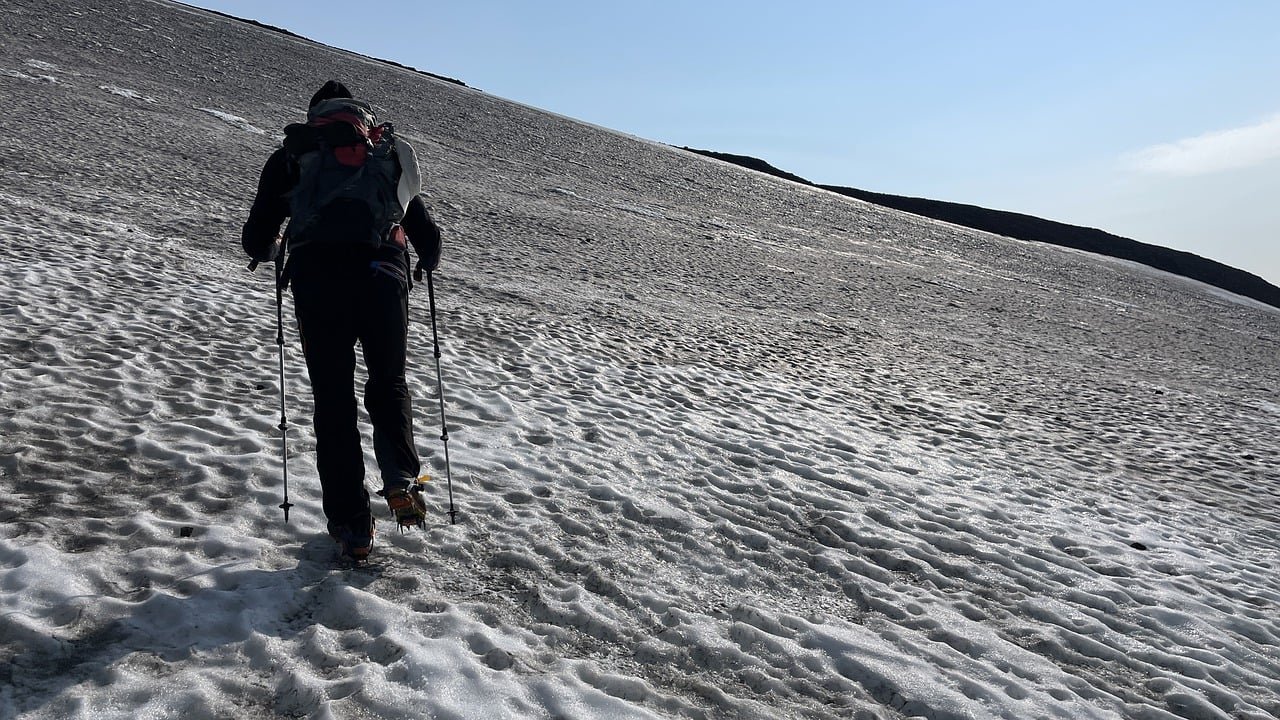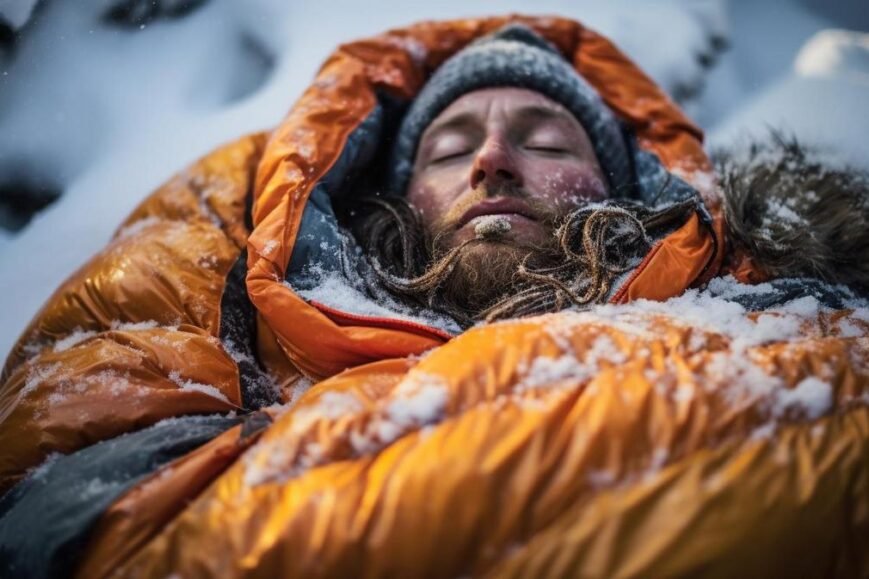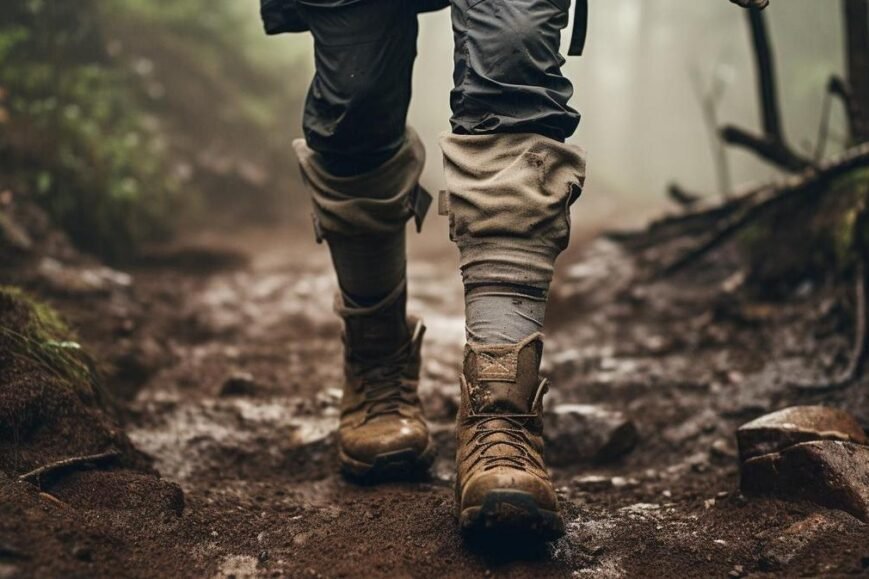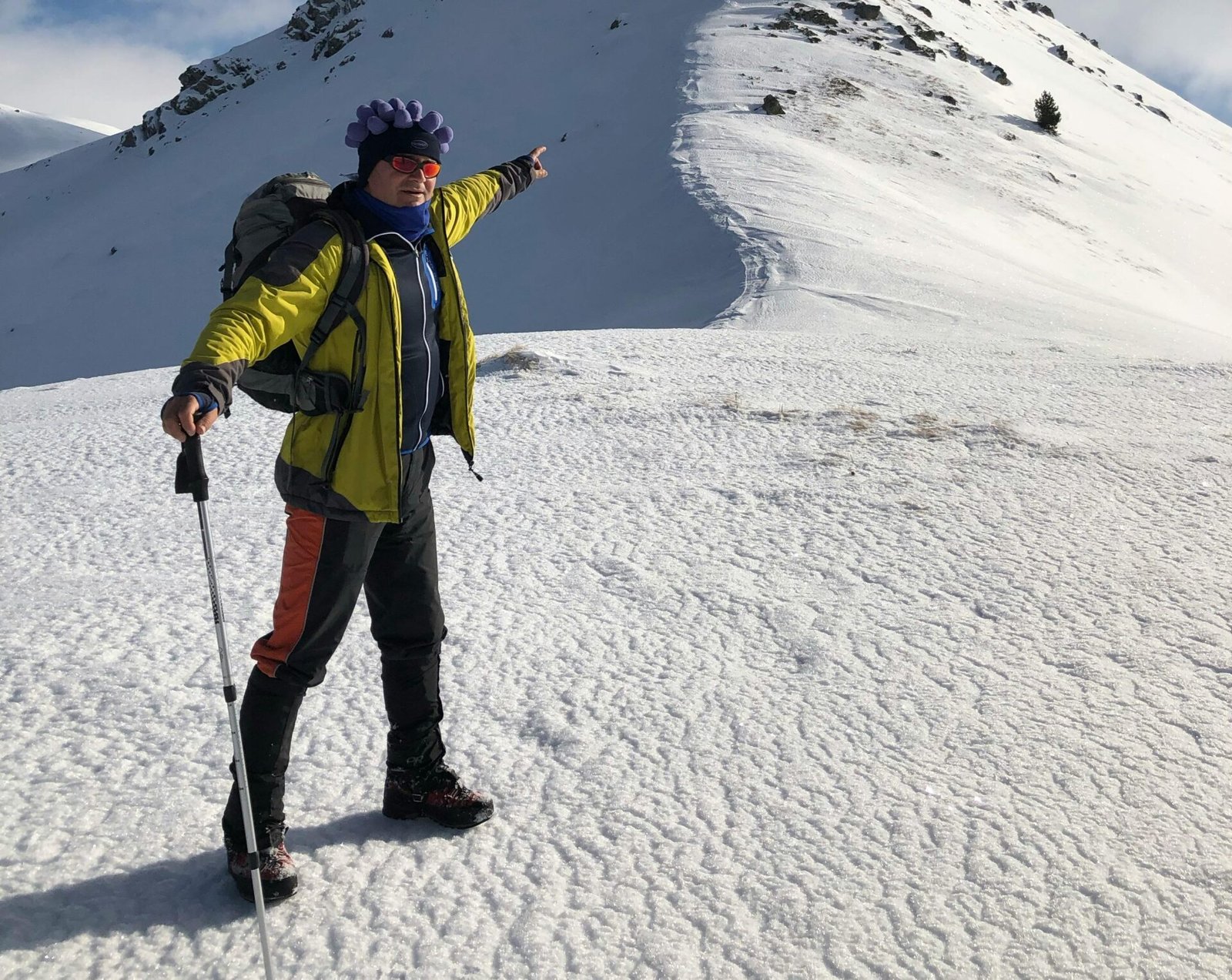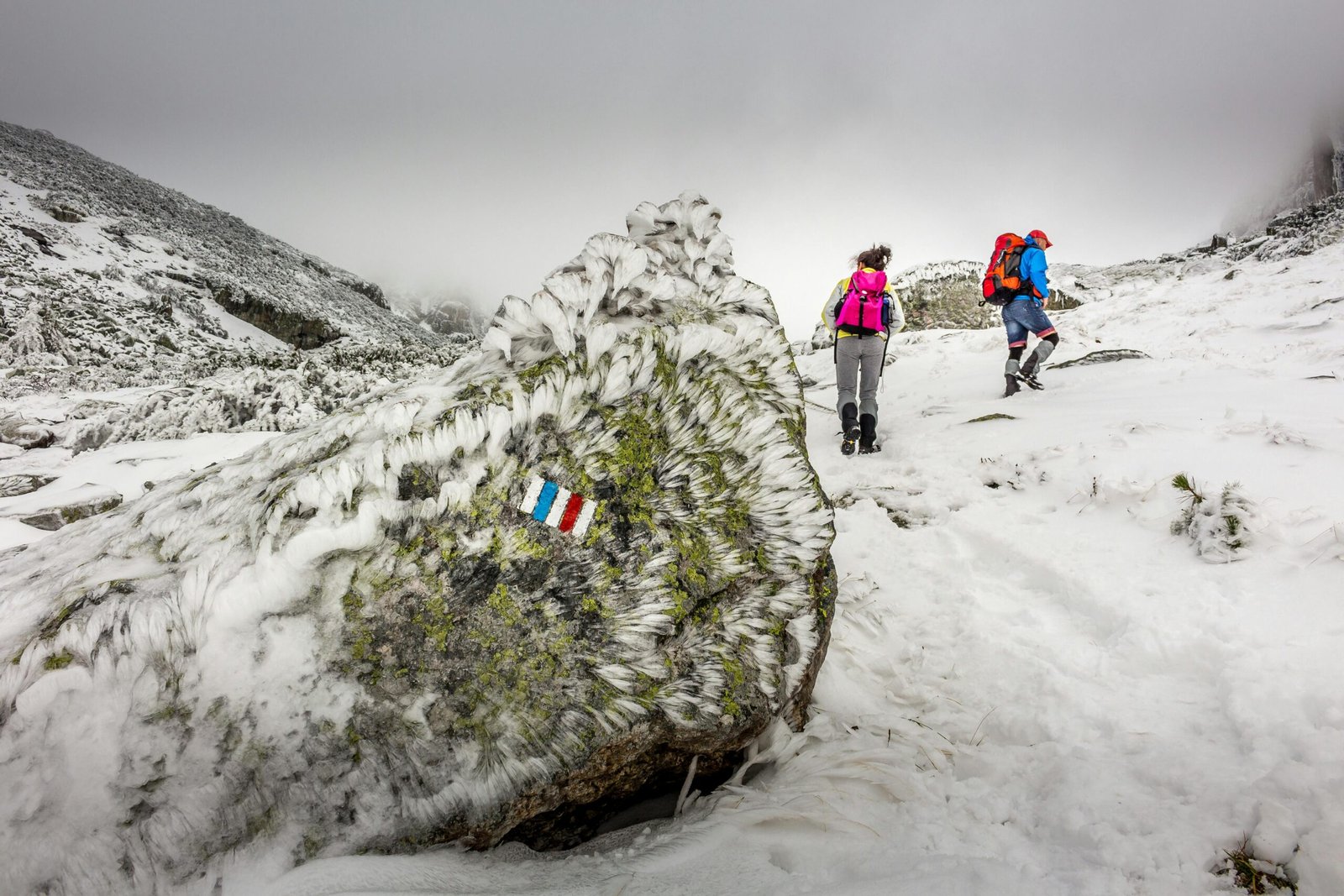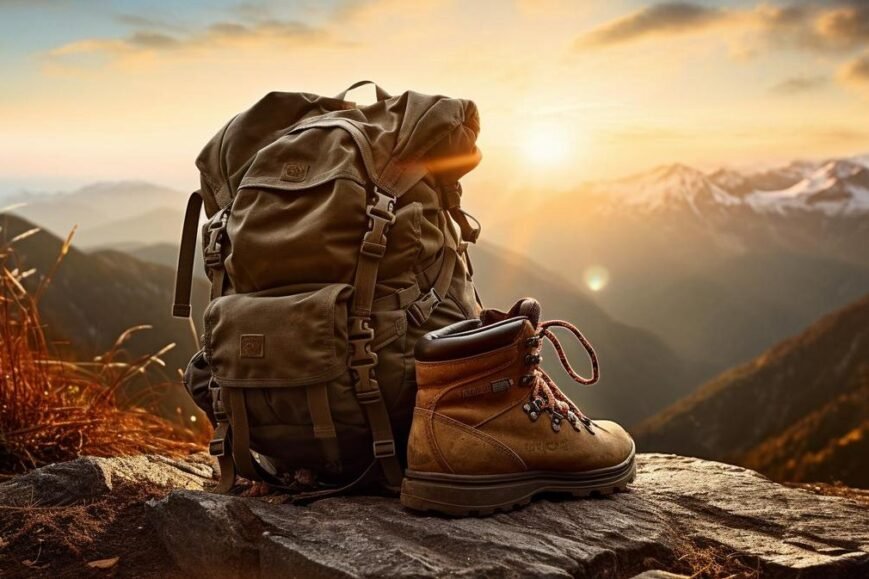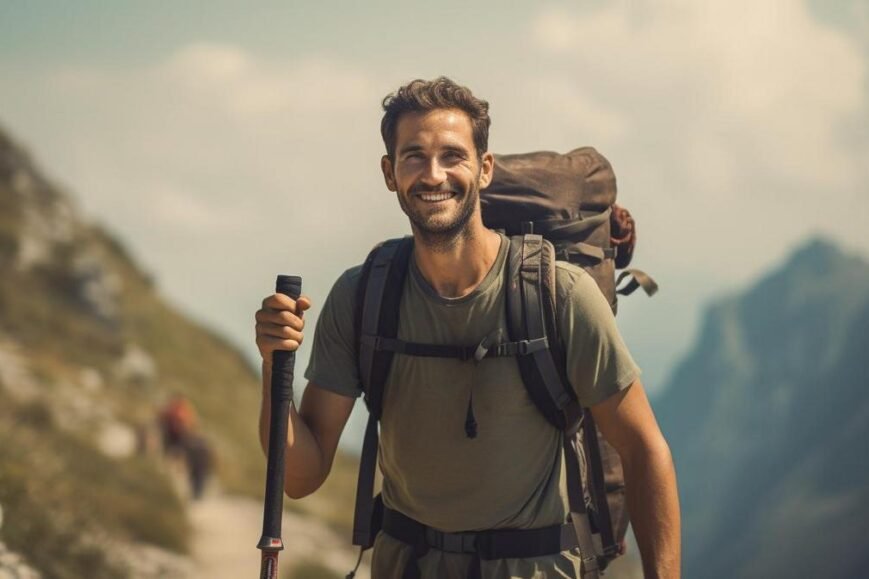- Look for durable, quick-dry fabric that offers comfort and fits well for hiking shorts.
- Preferable features include moisture-wicking, stretchability, and abrasion resistance.
- The right length is above the knee for men, with various rise options for women.
- Check for functionality like UPF rating, waterproofing, and convertible designs.
- Adjustability in waistbands and fit is vital for comfort and avoiding mishaps.
- Pocket types and placements can add utility.
- Patagonia and The North Face are leading brands for quality hiking shorts.
- Style can be balanced with functionality, with options for eco-friendly materials and trendsetting designs.
- Shorts are suitable for hiking in appropriate climates, offering freedom and comfort.
- For challenging terrains, opt for tougher materials to protect against abrasion and moisture.
Are your legs ready for the wild? As an outdoor enthusiast, it’s crucial to find the right gear, especially when it comes to what you wear below the belt. In “Are Hiking Shorts Adequate for Protection and Utility on the Trail?” we’ll delve into whether women’s hiking shorts can truly withstand the grit of the trails while keeping you comfortable and able. Let’s talk about fabrics, fit, and those ever-handy pockets to ensure your next outing is nothing short of epic. Gear up, and let’s get to the heart of what your adventurous soul needs!
What Are the Ultimate Hiking Shorts for Women?
Hiking shorts should be made of quick-dry, durable fabric. Yes, you can hike in board shorts, but they may lack certain features that hiking-specific shorts offer, like quick-drying material and comfort during long walks.
For women who love the outdoors, picking the right shorts can make a big hike even better. Here are the types of hiking shorts women need. Look for shorts that feel good next to your skin, move with you, and dry fast if they get wet. Ladies’ hiking shorts come in many kinds. You want shorts that fit your body and your hike style. Some with pockets hold your stuff; others look slick with no extra bulk. You’ll find high-waisted trekking shorts a good pick for support on the trail. Women’s quick-dry shorts work great for crossing streams or when rain pours down. The fit? It matters a lot for comfort. Too tight and you may chafe. Too loose and they might snag on branches or not protect your skin. Women’s pull-on walking shorts with pockets are handy for easy wear and keeping small items.
Think about body type too. Women’s petite trekking shorts are great for smaller frames, while plus-size walking shorts fit a wider range of hikers. Want bright colors? Colorful hiking shorts add fun and personal style to any hike. And women’s cargo hiking shorts? They are clutch for holding gear but can be bulky. Cargo or sleek, think about what works for you.
Above all, balance style and function. Women’s outdoor trekking shorts come in diverse styles, from high-waisted to low-rise. Pick what feels best when you’re moving a lot. And for sizing, always check a brand’s guide to avoid surprises. You want durable outdoor shorts for women that fit well and last long. If you hike a lot, it’s smart to invest in a quality pair.
In short, choose what works for your body, your hike, and your sense of fun!

How to Choose Men’s Hiking Shorts for Optimal Comfort and Function?
What material should hiking shorts be? Men’s hiking shorts should be made of breathable, moisture-wicking, and stretch fabrics for comfort and movement. Get shorts that are lightweight, yet durable enough to resist tears and abrasions. The best hiking shorts offer a blend of comfort, flexibility, and durability.
For the ideal length and cut, look for shorts that reach above the knee. This offers good movement while protecting most of your thighs. Stretch fabric is a must for hiking. It lets you climb, jump, and walk with ease. Avoid any fabric that feels tight or holds you back.
Waistbands matter too. Drawstring or elastic waistbands can adjust for a perfect fit. But some prefer buttoned shorts for a snug, secure feel. Always try on different types to see what you like most.
Breathable and moisture-wicking materials keep you cool and dry. This is vital for long walks under the sun. Plus, these fabrics keep the skin dry, lowering chafing on long hikes.
Pockets on men’s hiking shorts matter for carrying your gear. Look for deep, snug cargo pockets to keep items secure. Zippered or velcro pockets are best to avoid losing things.
For big guys, it’s all about finding the right fit. Look for plus-size walking shorts that offer room without being too baggy. Stretch fabric shorts come in handy here, too. They give extra space where you need it.
Durability doesn’t mean you have to sacrifice comfort. Go for rugged shorts that feel soft yet can take a hit. This way, you’re comfy and know your shorts will last.
Remember, your outdoor adventures are only as good as your gear. Choosing the right shorts can make all the difference.
What Are the Best Hiking Shorts for Varied Climates and Terrains?
When hiking, what should your shorts be like? They need to match your climate and terrain. For varied conditions, the best hiking shorts are quick-drying and breathable. Yes, it’s OK to wear shorts when hiking. They offer freedom and comfort. The material for hiking shorts should be light but tough, like nylon or spandex.
When the sun beats down on a summer trail, breathable walking shorts for hot weather are a must. They keep you cool by letting air flow. If you find yourself wading through streams or caught in a downpour, fast drying hiking shorts for water activities are a game-changer. No one likes to hike in soggy shorts!
Convertible hiking pants to shorts provide two-for-one value. They work well for sudden weather shifts. Just zip off the legs and, voilà, pants become shorts.
Don’t overlook sun protection. UPF-rated shorts shield your skin from harmful rays. They are key for long days under the sun.
In wet conditions, waterproof hiking shorts help you stay dry. You can cross streams without worry if your shorts can handle it. For cold climates, layer your shorts. Start with snug thermal wear and top them with your shorts for extra warmth.
Shorts must fit the outing’s demands. In woods with thorns or rough rocks, durable fabric can protect your legs from scrapes. For high movement, like climbing, look for stretch fabric hiking shorts. They offer the flex you need.
So, choose wisely. Good shorts handle sweat, water, and heat while keeping you shielded. Whether scaling cliffs, crossing rivers, or soaking up sun, there’s a pair of hiking shorts for every adventure.

Which Brand Offers the Best Hiking Shorts for My Outdoor Adventures?
What are the best hiking shorts? The best hiking shorts balance comfort, durability, and style. Patagonia and The North Face lead the pack, with their Baggies and Class V shorts being top choices for trail goers. Patagonia’s Quandary range and REI’s Sahara quick-dry shorts also rate highly for comfort and functionality.
Both Patagonia and The North Face use materials that endure the wear and tear of outdoor activities. For a mix of style and utility, consider Wrangler’s performance shorts or stylish options that double for fashion and function. Amazon reviews can guide you to top-rated hiking shorts that meet your needs.
Brands now focus on eco-friendly trail shorts too. This is great for hikers who care about their environmental impact. When it comes to specific activities like climbing or water sports, look for shorts that offer flexibility and quick-dry features. The North Face Exploration and Class V are excellent in this regard.
The fabrics used by these brands often include quick-dry nylon, some with stretch. Pocket placement, gusseted crotches for mobility, and reinforced seams are common. This season, look for stylish hiking shorts that blend these technical features with contemporary trends. Consider comfort, activity type, and material when choosing the best hiking shorts for your outdoor adventures.
Can Shorts Provide Adequate Protection and Utility on the Hiking Trail?
What material should hiking shorts be? Hiking shorts should be durable, abrasion-resistant, waterproof, and have SPF protection. This means they can stand up to rough terrain, keep you dry in wet conditions, and block harmful sun rays.
Is it OK to wear shorts when hiking? Yes, it is fine to hike in shorts. They should be sturdy and fit well to keep you safe and comfy.
Shorts must hold up against the wear of nature. You need durable hiking shorts. Look for ones made of strong fabric. They must not rip easily on rocks or branches. Abrasion-resistant hiking shorts are vital for tough paths. They help keep your skin safe from cuts and scratches.
Shorts with waterproof features are good for crossing streams or getting caught in the rain. They keep you dry and prevent rashes from wet clothing. Shorts with SPF protection shield your legs from sunburn on bright days. For climbing, get hiking shorts that let you move freely. For extra tough hikes, choose tear-resistant hiking shorts.
A snug fit is key for avoiding slips and falls. Adjustable waist hiking shorts give you a custom fit. This helps prevent accidents on the trail. On long walks, anti-chafe hiking shorts can keep your hike pain-free. They prevent sore skin from long hours of walking.
When you choose your shorts, think about the hike you’ll take. For a casual day, flat-front walking shorts can be enough. But for rough and tough adventures, you want shorts made of thick material for maximum protection. Remember, the right shorts can make or break your day on the trail.

How Can Trendsetters Blend Outdoor Functionality with Contemporary Style?
What is a hiking short? It’s clothing designed for trekking activities. Yes, shorts are fine for hikes in suitable weather. Now, let’s break it down.
Today’s trendsetters want to look as good as they are prepared. They need stylish hiking shorts that don’t skimp on fashion or function. These shorts are more than just clothes. They’re a statement on the trail. Think of bold prints and vivid colors. They shout personality. It’s about expressing yourself with every step.
Tailoring matters too. It plays into how well the hiking shorts fit. A snug pair of tailored shorts can enhance comfort and avoid snags. It ensures ease and safety as you climb, jump, and trek.
But let’s not forget sustainability. Modern hikers care about the planet. They love fashion-forward hiking shorts that use sustainable materials. Eco-friendly is the new cool, and it matters even in what you wear.
You might wonder if these shorts are only for the wild. Not anymore! Athleisure shorts cross over from trail to town. It’s about versatility.
Lastly, innovation is key. Updated fabrics offer hi-tech features while keeping your look fresh. These innovative fabric shorts let the skin breathe and wick away sweat. They blend contemporary style lines with the rugged demands of trail life.
So, yes, you can have it all. Think colors, patterns, and a fit that turns heads and tackles the trail!
Conclusion
In this post, we tackled hiking shorts from all angles—what makes them comfy, stylish, and right for every woman or man on the trail. We looked into materials that dry quickly and fit all shapes. We saw cargo pockets can be helpful, and that the right waistband makes a difference.
We learned shorts can be tough yet comfy and that they can protect you from the sun and water. We found stylish options for keeping up with trends without losing function. And we discovered the top brand picks for every outdoor adventure. The right hiking shorts make all the difference, so choose wisely for your next trek!
![]()

